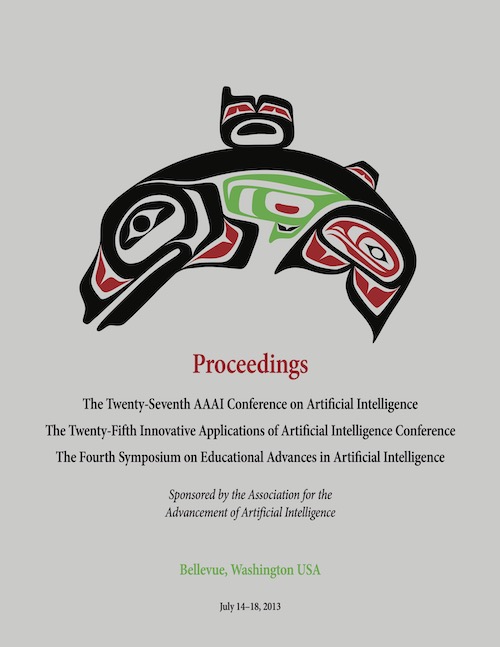Detection and Prediction of Adverse and Anomalous Events in Medical Robots
DOI:
https://doi.org/10.1609/aaai.v27i2.18998Abstract
Adverse and anomalous (A&A) events are a serious concern in medical robots. We describe a system that can rapidly detect such events and predict their occurrence. As part of this system, we describe simulation, data collection and user interface tools we build for a robot for small animal biopsies. The data we collect consists of both the hardware state of the robot and variables in the software controller. We use this data to train dynamic Bayesian network models of the joint hardware-software state-space dynamics of the robot. Our empirical evaluation shows that (i) our models can accurately model normal behavior of the robot, (ii) they can rapidly detect anomalous behavior once it starts, (iii) they can accurately predict a future A&A event within a time window of it starting and (iv) the use of additional software variables beyond the hardware state of the robot is important in being able to detect and predict certain kinds of events.

